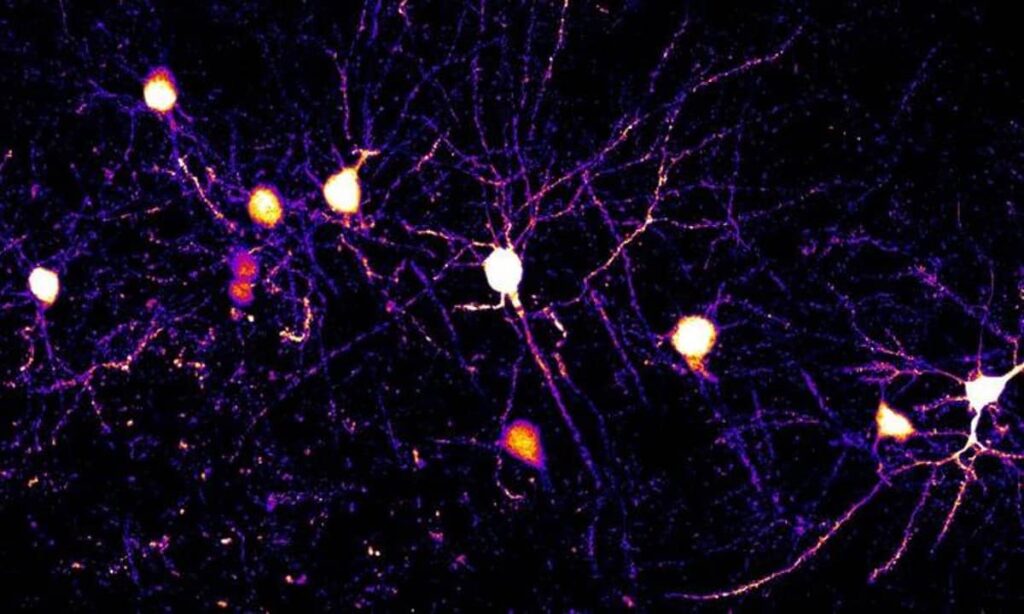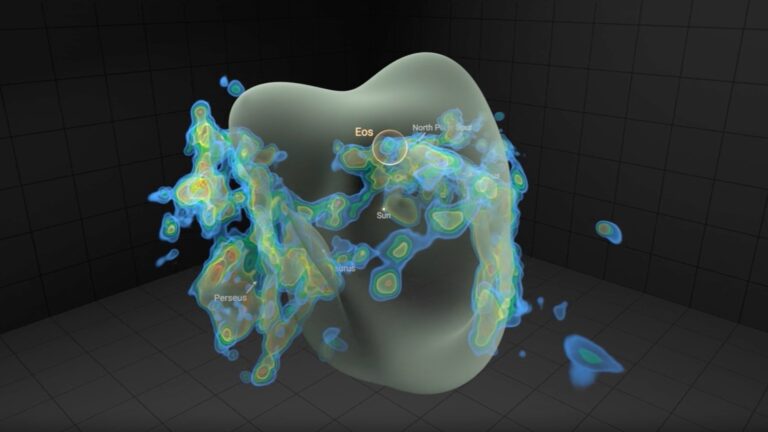
Synapses Use Multiple Learning Rules to Encode New Information – Neuroscience News
2025-04-17T21:13:59Z
New research reveals that individual neurons follow multiple learning rules simultaneously, challenging the long-held belief that synaptic plasticity operates uniformly throughout the brain.
Summary: New research reveals that individual neurons follow multiple learning rules simultaneously, challenging the long-held belief that synaptic plasticity operates uniformly throughout the brain. Using advanced two-photon imaging, scientists tracked changes in synapses during learning in mice, uncovering that different regions within a single neuron adapt using distinct plasticity mechanisms.
This breakthrough sheds light on how the brain solves the “credit assignment problem,” where localized synaptic changes result in broad behavioral learning. The findings may guide new treatments for brain disorders and inspire more sophisticated artificial intelligence systems.
Key Facts:
Multiple Learning Rules: Neurons follow different plasticity rules across separate regions, not a single universal mechanism.
Neurons follow different plasticity rules across separate regions, not a single universal mechanism. Real-Time Imaging: Researchers visualized individual synapses adapting during learning using two-photon brain imaging.
Researchers visualized individual synapses adapting during learning using two-photon brain imaging. Broader Impact: Insights may aid development of AI and treatments for disorders like PTSD, Alzheimer’s, and autism.
Source: UCSD
How do we learn something new? How do tasks at a new job, lyrics to the latest hit song, or directions to a friend’s house become encoded in our brains?
The broad answer is that our brains undergo adaptations to accommodate new information.
In order to follow a new behavior or retain newly introduced information, the brain’s circuitry undergoes change.
Neurons and their branch extensions known as dendrites are featured within a mouse’s cerebral cortex. Credit: Komiyama Lab, UC San Diego
Such modifications are orchestrated across trillions of synapses — the connections between individual nerve cells, called neurons, where brain communication takes place. In an intricately coordinated process, new information causes certain synapses to get stronger with new data while others grow weaker.
Neuroscientists who have closely studied these alterations, known as “synaptic plasticity,” have identified numerous molecular processes causing such plasticity.
Yet an understanding of the “rules” selecting which synapses undergo this process remained unknown, a mystery that ultimately dictates how learned information is captured in the brain.
University of California San Diego neurobiologists William “Jake” Wright, Nathan Hedrick and Takaki Komiyama have now uncovered key details about this process.
The main financial support for this multi-year study was provided by several National Institutes of Health research grants and a training grant.
As published April 17 in the journal Science, the researchers used a cutting-edge brain visualization methodology, including two-photon imaging, to zoom into the brain activity of mice and track the activities of synapses and neuron cells during learning activities.
With the ability to see individual synapses like never before, the new images revealed that neurons don’t follow one set of rules during episodes of learning, as had been assumed under conventional thinking.
Rather, the data revealed that individual neurons follow multiple rules, with synapses in different regions following different rules.
These new findings stand to aid advancements in many areas, from brain and behavior disorders to artificial intelligence.
“When people talk about synaptic plasticity, it’s typically regarded as uniform within the brain,” said Wright, a postdoctoral scholar in the School of Biological Sciences and first author of the study.
“Our research provides a clearer understanding of how synapses are being modified during learning, with potentially important health implications since many diseases in the brain involve some form of synaptic dysfunction.”
Neuroscientists have carefully studied how synapses only have access to their own “local” information, yet collectively they help shape broad new learned behaviors, a conundrum labeled as the “credit assignment problem.”
The issue is analogous to individual ants that work on specific tasks without knowledge of the goals of the entire colony.
Finding that neurons follow multiple rules at once took the researchers by surprise. The cutting-edge methods used in the study allowed them to visualize the inputs and outputs of changes in neurons as they were happening.
“This discovery fundamentally changes the way we understand how the brain solves the credit assignment problem, with the concept that individual neurons perform distinct computations in parallel in different subcellular compartments,” said study senior author Takaki Komiyama, a professor in the Departments of Neurobiology (School of Biological Sciences) and Neurosciences (School of Medicine), with appointments in the Halıcıoğlu Data Science Institute and Kavli Institute for Brain and Mind.
The new information offers promising insights for the future of artificial intelligence and the brain-like neural networks upon which they operate.
Typically, an entire neural network functions on a common set of plasticity rules, but this research infers possible new ways to design advanced AI systems using multiple rules across singular units.
For health and behavior, the findings could offer a new way to treat conditions including addiction, post-traumatic stress disorder, and Alzheimer’s disease, as well as neurodevelopmental disorders such as autism.
“This work is laying a potential foundation of trying to understand how the brain normally works to allow us to better understand what’s going wrong in these different diseases,” said Wright.
The new findings are now leading the researchers on a course to dig deeper to understand how neurons are able to utilize different rules at once and what benefits using multiple rules gives them.
About this synaptic plasticity and learning research news
Author: Mario Aguilera
Source: UCSD
Contact: Mario Aguilera – UCSD
Image: The image is credited to Komiyama Lab, UC San Diego
Original Research: Closed access.
“Distinct synaptic plasticity rules operate across dendritic compartments in vivo during learning” by William “Jake” Wright et al. Science
Abstract
Distinct synaptic plasticity rules operate across dendritic compartments in vivo during learning
Synaptic plasticity underlies learning by modifying specific synaptic inputs to reshape neural activity and behavior.
However, the rules governing which synapses will undergo different forms of plasticity in vivo during learning and whether these rules are uniform within individual neurons remain unclear.
Using in vivo longitudinal imaging with single-synapse resolution in the mouse motor cortex during motor learning, we found that apical and basal dendrites of layer 2/3 (L2/3) pyramidal neurons showed distinct activity-dependent synaptic plasticity rules.
The strengthening of apical and of basal synapses is predicted by local coactivity with nearby synapses and activity coincident with postsynaptic action potentials, respectively.
Blocking postsynaptic spiking diminished basal synaptic potentiation without affecting apical plasticity. Thus, individual neurons use multiple activity-dependent plasticity rules in a compartment-specific manner in vivo during learning.
Auto-posted from news source






